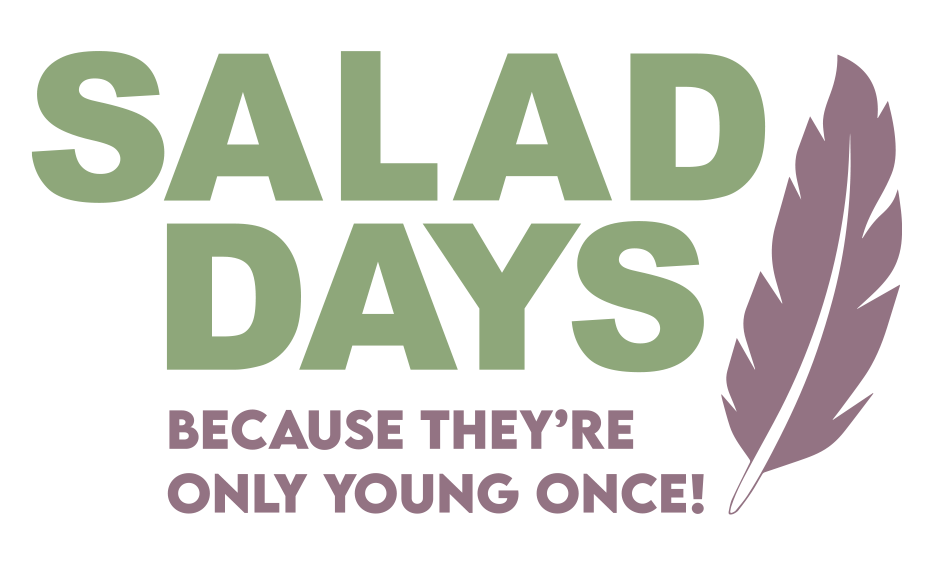Due to the importance of play, it becomes equally important that children have an environment providing both the freedom and safety to explore all types of play. This article will focus on how soft play areas are well-positioned to encourage different types of play and as such positively stimulate a child’s development. As different areas of development are not limited to one particular type of play, each play type is presented with the skills they are most likely to promote development in.
Physical play
A huge advantage of indoor soft play areas is that they are never disrupted by bad weather, making them a great compliment to outdoor play. In a society where screen time is increasing, having this outlet for a child to burn off their energy has never seemed more important. Encouraging engagement in physical activity has the potential to benefit children on a physical (i.e. reduced risk of obesity), psychological (i.e. improved mental health3), and social (i.e. improved peer relationships) level.
Attendance to a soft play area has the potential to support children to participate in sufficient levels of physical activity, with many children achieving the recommended 60 minutes of daily physical activity in a single visit . This is helped by the number of different play options available at a soft play area, as each additional play option is associated with an increase in time spent being physically active .
Play with rules
Through various obstacles and levels, the layout and design of an indoor soft play area is an excellent environment for children to either create their own, or play well-known games with rules, such as hide and seek, or chasing games like freeze tag. The social nature and freedom of soft play provides the opportunity for children to establish and agree the game’s rules amongst themselves, without parental involvement. This not only helps to develop their understanding of rules, but also teaches them a range of social skills, including taking turns, sharing, and understanding other children’s perspectives.
Play with objects
From a ball pit to building blocks, soft play areas offer numerous opportunities for children to engage in play with objects. Playing with objects like building blocks helps to develop spatial skills, as children gain an early understanding of the importance of planning, be this striving to build the tallest block tower, or even a bridge.
Play with objects, rules and physical play alike, all have a pivotal role in developing gross motor skills. The activities that children engage in through these types of play (e.g. running, jumping, or throwing), mean that they are developing strength in various muscle groups . This is important because gross motor skills are crucial for every day functioning.
Pretend play
Soft play areas are renowned for providing a sensory-rich environment, appealing to touch (through various textured surfaces and objects), hearing (through interactive musical instruments), and most prominently, sight (through bright colours, fun designs and shapes). The possibilities provided by the obstacles and objects within this environment enable children to run wild with their imagination and create endless fantasy play scenarios . Take for example, obstacles like a ballswing, which could allow children to pretend they are swinging across a cavern in a recreation of their favourite cartoon on TV.
Creating these exciting scenarios have an influential role on emotional development. The safety of the environment encourages children to be more adventurous and explore play options that may be too dangerous to attempt outside in their neighbourhood. This allowance to manipulate the environment based on their imagination, stimulates the development of creativity. Add to this that soft play are a great place to meet friends or make new ones, then children are also able to share in each other’s imaginative play, promoting social and communication skills.
Conclusion
Soft play areas provide an environment that is safe enough for parents to feel comfortable, yet exciting enough to engage children .The large areas of free play and wide variety of play options typical of a soft play area, mean that rain or shine, children have the opportunity to engage in numerous types of unrestricted play. Overall, soft play alongside outdoor play can provide a broad range of opportunities for children to reach their full developmental potential.

